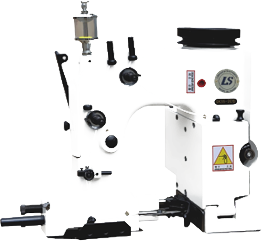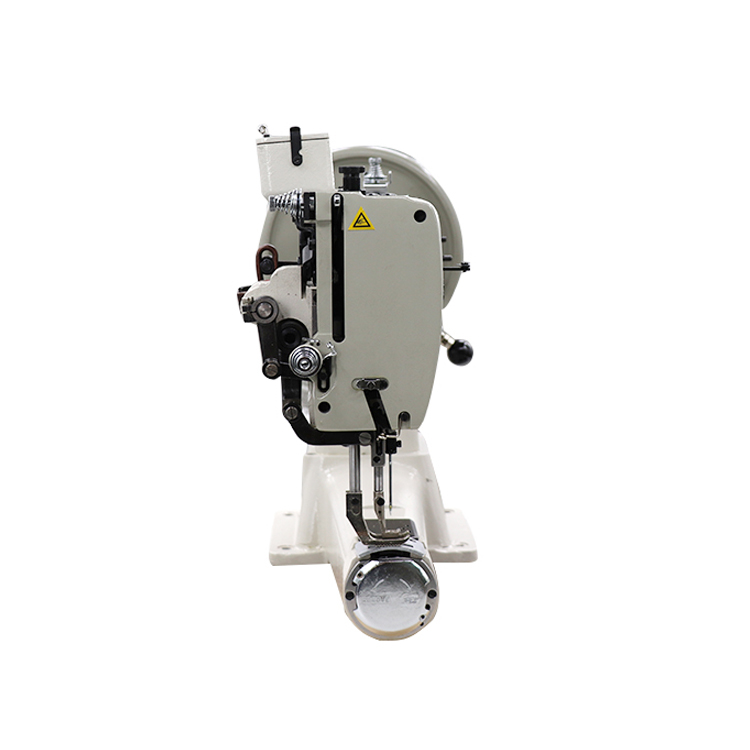When the engine or motor turns the pulley, the attached timing belt moves with it. The teeth of the belt fit snugly into the grooves of the pulley, preventing any relative motion that could lead to timing inaccuracies. Because the distance between the teeth is consistent, the timing belt maintains a direct correlation between the rotation of the pulley and any driven components, such as camshafts or crankshafts in automotive engines.
...
2025-08-14 06:57
1140

